Methods
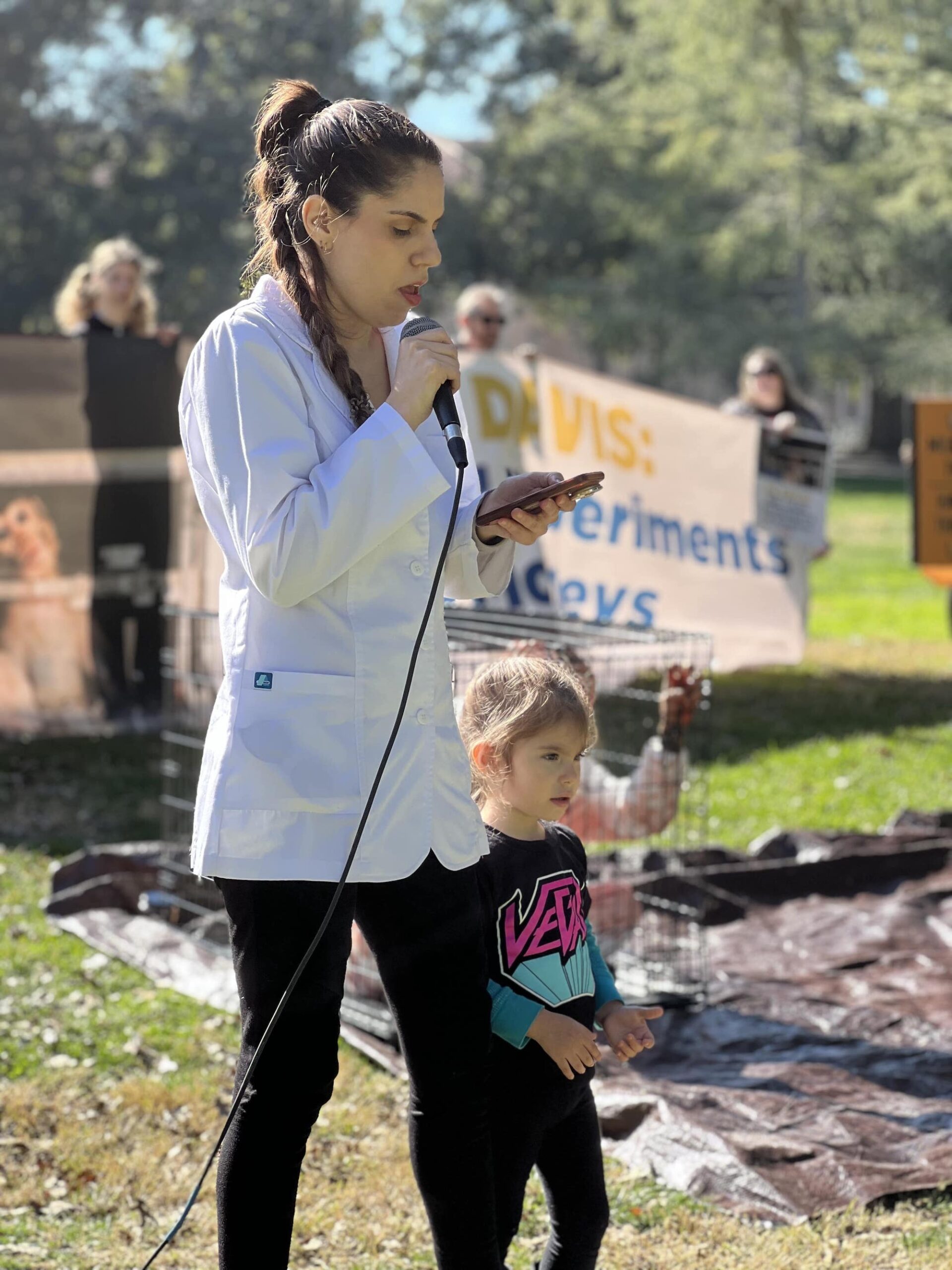
The Organizers
Study participants dedicated significant amounts of time to the movement on a volunteer basis. Only organizers who dedicated at least five hours a week over at least six months were included, but most participants spent much more time, with eight describing a period of time in which they dedicated 40 or more unpaid hours per week over several months. Their involvement, which was sometimes later paid work, lasted anywhere from nine months to over twenty years, with most having gotten involved in the early to mid 2010s and sustained their involvement for five or more years. They participated in the movement in a volunteer capacity well beyond attending events- by organizing demonstrations themselves, and in some cases community events, Veg Fests, trainings, and conferences. They had a variety of organizational affiliations, and most participants worked with multiple organizations throughout the course of their careers.
Demographics
Gender
Racial
Age
Education
| wdt_ID | Gender | Number |
|---|---|---|
| 1 | Male | 13 |
| 2 | Female | 19 |
| 3 | Nonbinary | 4 |
| wdt_ID | Racial Identity |
|---|---|
| 1 | Asian |
| 2 | Asian |
| 3 | Asian |
| 4 | Asian Indian |
| 5 | Black |
| 6 | Caucasian |
| 7 | Caucasian |
| 8 | Caucasian and Indigenous North American |
| 9 | East Indian |
| 10 | European / White |
| 11 | I don’t personally identify with ideas of race or ethnicity |
| 12 | Indian |
| 13 | Latina/Native American |
| 14 | Mexican |
| 15 | Mexican /Russian/ Polish |
| 16 | White |
| 17 | White |
| 18 | White |
| 19 | White |
| 20 | White |
| 21 | White |
| 22 | White |
| 23 | White |
| 24 | White |
| 25 | White |
| 26 | White |
| 27 | White |
| 28 | White |
| 29 | White |
| 30 | White |
| 31 | White - Eastern European/Ashkenazi Jewish ancestry |
| 32 | White, non-Hispanic |
| 33 | White |
| 34 | White / European Descent |
| 35 | White/Puerto Rican ethnicity |
| 36 |
| wdt_ID | Age | Number |
|---|---|---|
| 1 | 22-27 | 5 |
| 2 | 28-34 | 8 |
| 3 | 35-39 | 9 |
| 4 | 40s | 5 |
| 5 | 50s | 4 |
| 6 | 60s | 3 |
| 7 | 70s | 1 |
| wdt_ID | Education Level | Number |
|---|---|---|
| 1 | Highschool / GED | 1 |
| 2 | Associate's | 1 |
| 3 | Some College | 10 |
| 4 | Bachelor's | 10 |
| 5 | Master's | 12 |
| 6 | PhD or higher | 1 |
Demographics
Gender
Racial
Age
Education
| wdt_ID | Gender | Number |
|---|---|---|
| 1 | Male | 13 |
| 2 | Female | 19 |
| 3 | Nonbinary | 4 |
| wdt_ID | Racial Identity |
|---|---|
| 1 | Asian |
| 2 | Asian |
| 3 | Asian |
| 4 | Asian Indian |
| 5 | Black |
| 6 | Caucasian |
| 7 | Caucasian |
| 8 | Caucasian and Indigenous North American |
| 9 | East Indian |
| 10 | European / White |
| 11 | I don’t personally identify with ideas of race or ethnicity |
| 12 | Indian |
| 13 | Latina/Native American |
| 14 | Mexican |
| 15 | Mexican /Russian/ Polish |
| 16 | White |
| 17 | White |
| 18 | White |
| 19 | White |
| 20 | White |
| 21 | White |
| 22 | White |
| 23 | White |
| 24 | White |
| 25 | White |
| 26 | White |
| 27 | White |
| 28 | White |
| 29 | White |
| 30 | White |
| 31 | White - Eastern European/Ashkenazi Jewish ancestry |
| 32 | White, non-Hispanic |
| 33 | White |
| 34 | White / European Descent |
| 35 | White/Puerto Rican ethnicity |
| 36 |
| wdt_ID | Age | Number |
|---|---|---|
| 1 | 22-27 | 5 |
| 2 | 28-34 | 8 |
| 3 | 35-39 | 9 |
| 4 | 40s | 5 |
| 5 | 50s | 4 |
| 6 | 60s | 3 |
| 7 | 70s | 1 |
| wdt_ID | Education Level | Number |
|---|---|---|
| 1 | Highschool / GED | 1 |
| 2 | Associate's | 1 |
| 3 | Some College | 10 |
| 4 | Bachelor's | 10 |
| 5 | Master's | 12 |
| 6 | PhD or higher | 1 |
Who did we exclude?
After the first interview, I excluded people whose first organizing experience was with the group DxE SF Bay Area because of their large size and organizational capacity. The reason for this is that I assume that getting involved in DxE in the Bay Area is substantively different than in most other places in the US. While I hope that findings from this study will be applicable to DxE SF Bay, I worried that including people they recruited could give me a nearly endless supply of participants without easily producing insights applicable to organizers in areas that don’t already have a robust animal rights community and systems in place to engage newer activists.
I also excluded people who I worked closely with during my time organizing for DxE SF Bay Area, even those who had joined the movement elsewhere. The reasoning behind this was that whether or not I took the time to interview them, what I knew of their experiences was sure to inform the study. I chose instead to prioritize including people whom I hadn't worked with previously, and only included past collaborators when our interactions had been minimal (e.g., we both played roles in an event and didn't attend regular organizing meetings together).
Finally, I limited the study to people who got involved in organizing in the United States and people who identify as vegan. Veganism was a stand-in for holding a holistic orientation to animal justice, meant to exclude people with more niche interests in animal issues, such as those who were involved in circus, fur, or animal testing campaigns without supporting animal freedom more broadly. That said, I did include the experiences of activists whose primary work was on such campaigns within the context of a holistic, vegan orientation.
Snowball Sampling
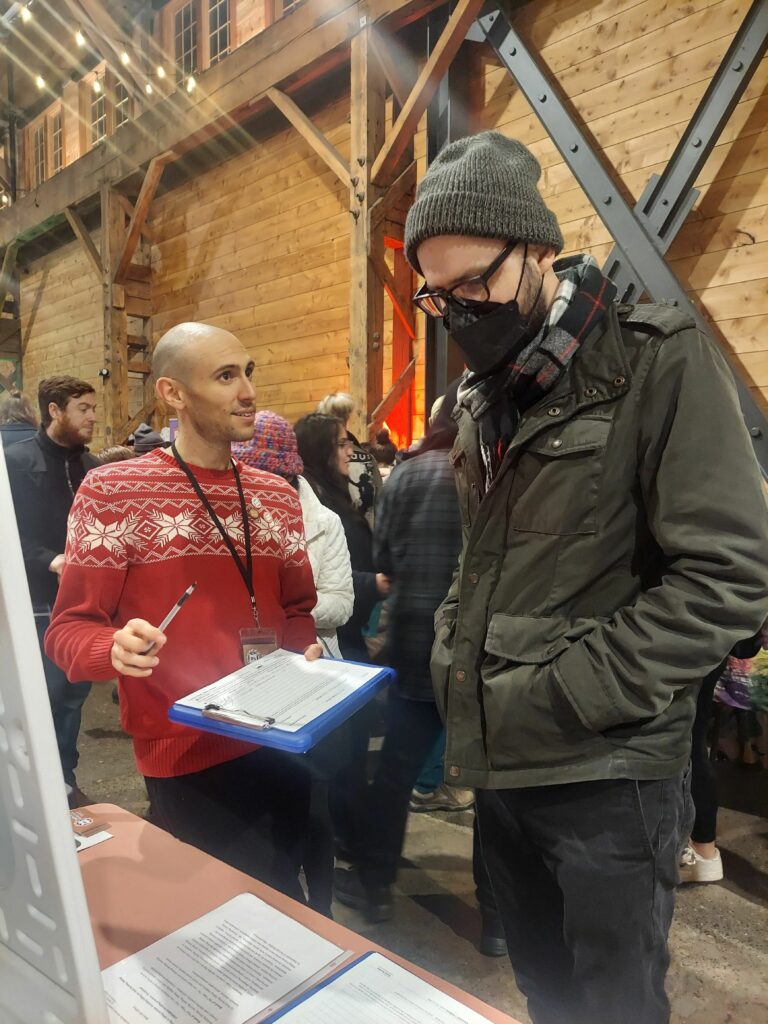
Snowball Sampling
I used snowball sampling to select potential participants in the study: after assembling a list of organizers known to myself and my colleagues at Pax Fauna, I asked each participant to recommend others who would be appropriate for the study. I sent a single invitation to join the study to most of the activists who were referred. Invitations were sent via email, Signal, Whatsapp, Instagram, and Facebook. Sometimes I wrote “cold messages” over social media and occasionally I was connected by another study participant.
Data saturation
Data saturation was the metric used to decide when the study was over: when the vast majority of ideas communicated in each new interview had also been discussed in previous interviews, that would signal I was nearing the end of data collection. Data saturation is used as an alternative to representative sampling for small-sample qualitative studies. While coding interviews, specific ideas relevant to the research question were identified through tags. Data saturation was identified when the creation of new tags slowed or stopped for several interviews in a row. At that point, I completed the interviews that were already scheduled and sent a final set of invitations to several people whose experiences were less represented by participants already included- people who had served time in prison or who represented geographies not yet included.
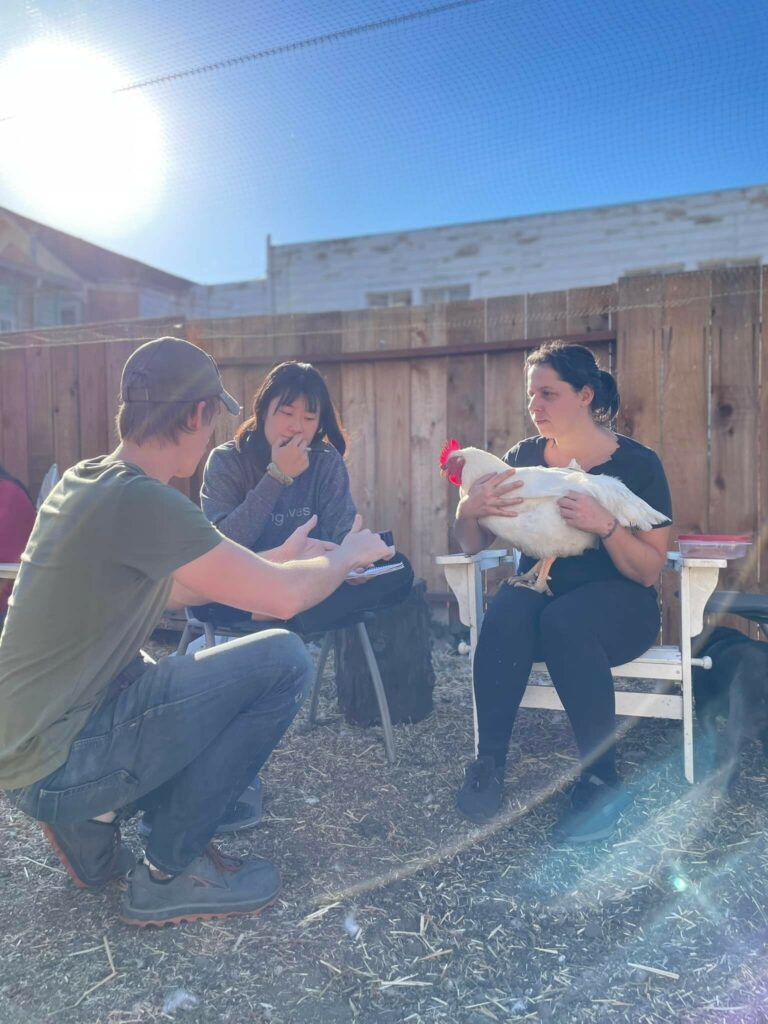
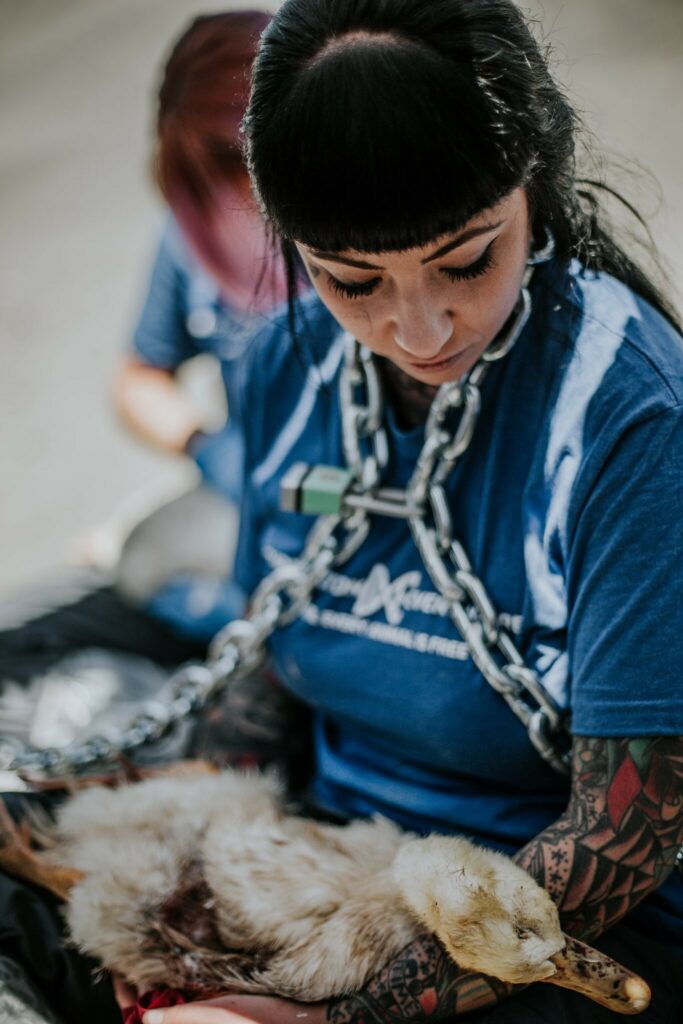
Getting Started
Out of the 38 organizers I interviewed, 11 were initial seed participants who weren’t referred by another participant but instead were on a list built by Pax Fauna’s team and advisors. Only 9 were people whom I didn’t know personally before the study began. In contrast, 36 people were invited to participate in the study but did not schedule an interview, 23 of whom were people previously unknown to me. The difficulty in recruiting study participants outside of my personal network certainly represents a limitation of this sampling method. With that limitation in mind, my findings should be understood as descriptive of a particular piece of the grassroots movement in the US and not exhaustive of advocates’ experiences. Future research of this kind should consider offering an incentive to study participants to avoid over-relying on the researchers’ personal connections, making greater use of introductions by referring participants, and sending follow-up invitations to participants who have yet to respond.
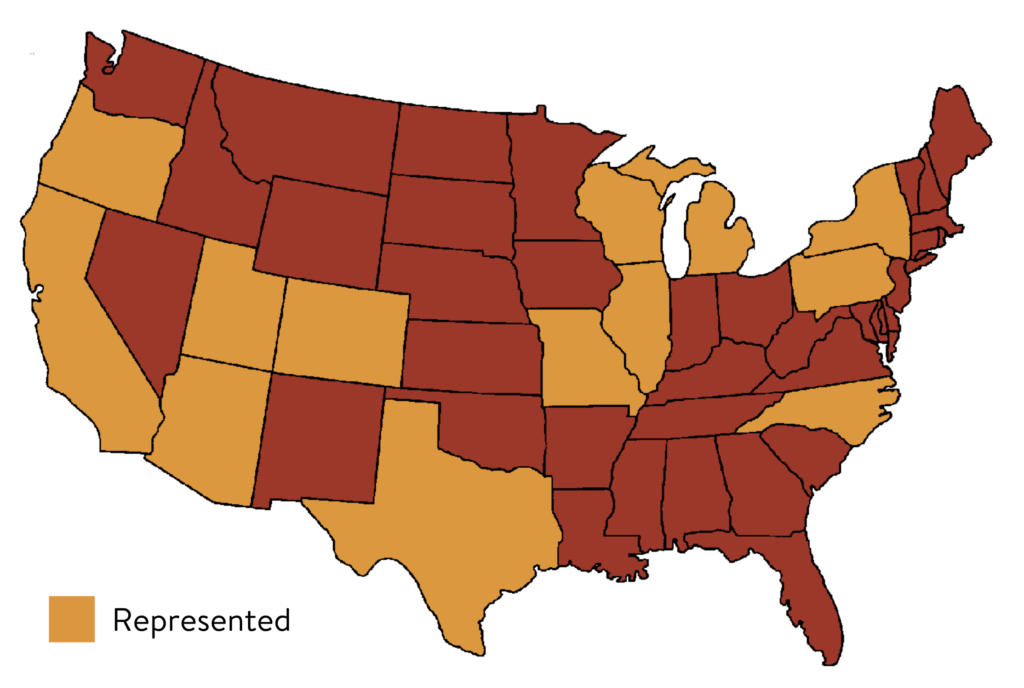
Other Considerations
Confidentiality
I promised confidentiality to participants, except to the extent that they preferred to be credited for their quotes. When direct quotes are relayed here, I sent the quote to the participant it came from and asked whether they’d like to be named in relation to the quote. If no response was received, the quote is relayed anonymously. If an anonymous participant’s primary organizational affiliation is ambiguous or they belong to a small group, they’re referred to only as “animal rights organizer.” Otherwise, their primary or self-selected organizational affiliation is named.
Technique
I conducted each interview on Zoom and transcribed them using the software Otter.ai. Each automatically generated transcript was reviewed for errors and corrected by a volunteer or me. It was then uploaded into the qualitative research coding software, Taguette, where I used inductive thematic analysis to identify themes.